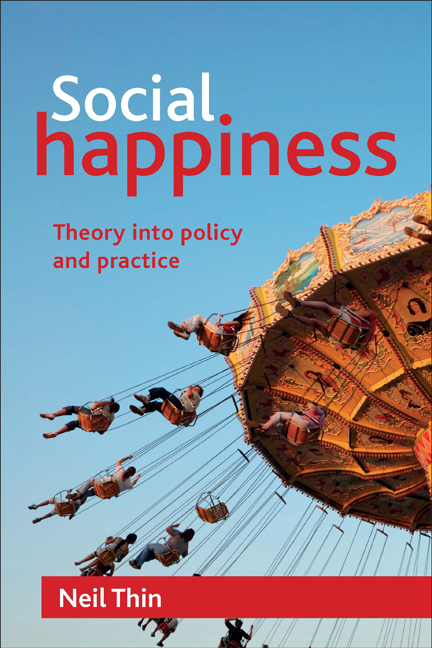thirteen - New gender agendas: feel-good feminism for fun and fulfilment
Published online by Cambridge University Press: 01 September 2022
Summary
Are not women of the harem more happy than women voters? Is not the housekeeper happier than the working-woman? It is not too clear what the word happy really means and still less what true values it may mask? (Simone de Beauvoir, The second sex)
The 20th-century disdain for happiness is well exemplified by the history of feminism. Whereas George Eliot complained in Mill on the floss that ‘the happiest women, like the happiest nations, have no history’, and John Stuart Mill in The subjection of women (1869) argued that women's ‘real path of success and happiness’ lay in liberating them to pursue hitherto male-dominated activities, de Beauvoir – like many feminists of the 20th century – preferred to keep feminism and happiness apart. Happiness was a deceitful promise used to legitimise injustice, and women should instead pursue justice for its own sake. Some people find it necessary to keep the pursuit of justice and the pursuit of happiness in separate compartments, and the dominance of their voices over much of the last hundred years is nowhere more evident than in the history of feminism. But if the pursuit of gender justice is to be appealing and effective, it has to persuade people – women and men – that it will bring happiness, and that the process will be enjoyable.
The potentially radical influence of a happiness lens is nowhere more compelling than in the policy theme of gender reform. Yet nowhere are the moral quandaries of happiness policy more evident than in efforts to link gender reform to happiness. Most happiness scholars have steered clear of offering advice to gender reformers, and most modern feminists have avoided happiness themes like the plague.
Gender reform studies and campaigns are rarely based on claims that women are in general unhappier than men, or that changing gender arrangements would make women or men happier. It would be comforting if we could clearly demonstrate that happiness (or even just women's happiness) increases with every advance towards gender justice. But because this has been hard to demonstrate in the face of lots of contradictory evidence, the typical response of the gender reformer has been simply to proceed without reference to happiness, as if it were irrelevant to ask whether reform improves happiness.
- Type
- Chapter
- Information
- Social HappinessTheory into Policy and Practice, pp. 183 - 194Publisher: Bristol University PressPrint publication year: 2012



